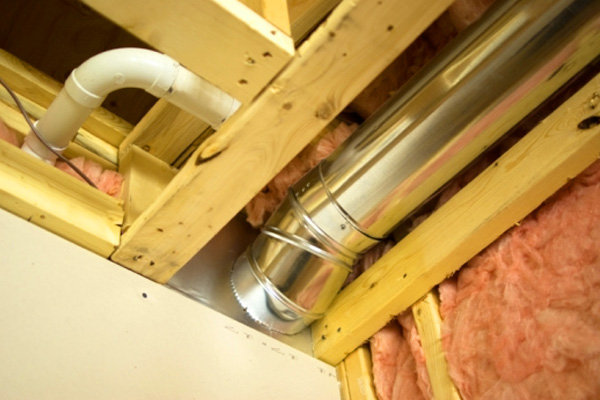
In the pursuit of creating comfortable indoor environments, as well as ensuring energy efficiency and cost savings, insulation and ducting play pivotal roles. These two components often go unnoticed, but they are essential for maintaining a comfortable living or working space.
Importance of Insulation and Ducting
Insulation and ducting are integral parts of any building's heating, ventilation, and air conditioning (HVAC) system. Insulation serves as a barrier that prevents the transfer of heat between the interior and exterior of a building. Ducting, on the other hand, is responsible for distributing conditioned air throughout the building. Together, they contribute to:
Energy Efficiency: Properly insulated spaces and well-designed ducting systems minimize heat loss during winters and heat gain during summers. This leads to reduced energy consumption and lower utility bills.
Comfort: Insulation maintains a consistent indoor temperature, ensuring occupants' comfort regardless of external weather conditions. Ducting ensures even distribution of conditioned air, eliminating hot or cold spots.
Air Quality: Sealed ducts prevent dust, allergens, and pollutants from infiltrating the air supply, enhancing indoor air quality and promoting a healthier living environment.
Types of Insulation
There are various types of insulation, each with unique properties suited to different applications:
Fiberglass Insulation: Made from glass fibers, fiberglass insulation is cost-effective and easy to install. It comes in rolls or batts and is suitable for walls, attics, and floors.
Spray Foam Insulation: This type of insulation expands upon application, sealing gaps and crevices more effectively. It's ideal for hard-to-reach areas and offers superior insulation.
Cellulose Insulation: Made from recycled paper products, cellulose insulation is eco-friendly and provides excellent soundproofing and thermal insulation.
Reflective Insulation: This insulation type reflects heat rather than absorbing it. It's often used in conjunction with other insulation types to enhance their efficiency.
Ducting Systems and Their Significance
Ducting systems ensure the efficient distribution of conditioned air throughout a building. Well-designed ductwork is crucial for maintaining temperature consistency and indoor air quality. Common duct materials include sheet metal, fiberglass duct board, and flexible ducting. However, ducts can develop issues like leaks and improper sealing, leading to energy wastage and compromised air quality.
The Role of Professional Insulation and Ducting Services
Enlisting professional insulation and ducting services can make a significant impact on a building's comfort, energy efficiency, and longevity. These services offer:
Assessment and Recommendation: Experts assess the building's insulation needs and recommend the most suitable types and amounts of insulation. They also evaluate ducting systems for potential issues.
Installation and Repair: Professionals ensure proper installation of insulation materials and address any ducting issues. This guarantees optimal performance and minimizes the risk of future problems.
Energy Efficiency and Cost Savings: Well-insulated spaces and efficient ducting systems lead to reduced energy consumption and lower utility bills. Over time, the savings can outweigh the initial service costs.
Insulation and ducting service provider are the unsung heroes of comfortable and energy-efficient buildings. Their impact on indoor temperature, air quality, and cost savings cannot be overstated. Whether you're constructing a new building or renovating an existing one, investing in professional insulation and ducting services is a decision that pays off in the long run. By creating a comfortable, efficient, and healthy living or working environment, these services contribute significantly to the overall quality of life.